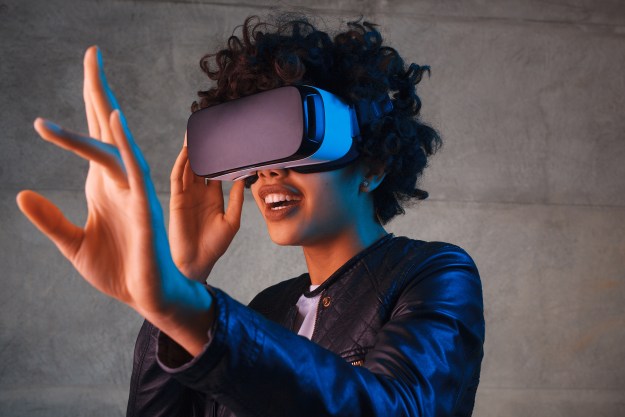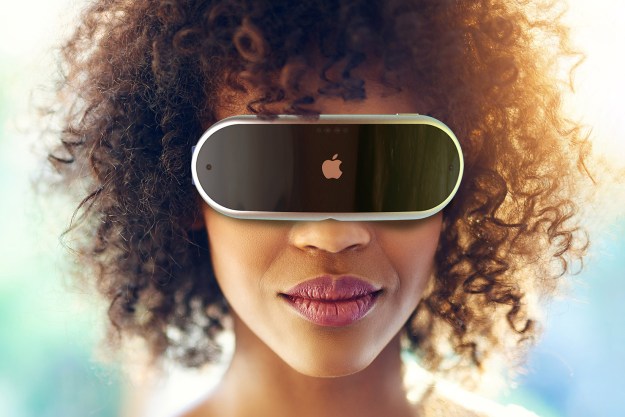The smells wafting from the kitchen, a crinkled and torn paper menu, and the fleeting glimpses of orders the waiter is deftly balancing on his way to another table may no longer be the only ways to preview what you eat at a restaurant. Start-up Kabaq is aiming to bring the next big technology-influenced change for restaurants and foodies since Instagram sparked a surge in food photography: an augmented reality menu.

Burger chain Bareburger will be among the first restaurants to allow customers to see their meal right in front of them — before ever placing an order.
Using custom Snapchat World Lenses, customers can scan a Snapcode to place a virtual dish on the table, resizing and mixing it with other filters and, of course, snapping a photo to send to a friend.
Created from images of a real burger, the augmented reality lenses allow diners to preview their dish from any angle. As Bareburger prepares to introduce an AR menu, the burger chain is giving out 5,000 Snapcodes that offer a sneak of the progress on that menu.
Anyone can scan the Snapcode to play with the Lens, but the foodie with the physical ticket can turn it in for the real version of that filter, for free.
The restaurant chain is randomly giving out those codes with takeout orders through April 22 at locations in the U.S. and Dubai.
Kabaq is a food-focused AR company that launched in 2016. Co-Founders Alper Guler and Caner Soyer previously worked in the augmented reality space creating tools for interior design and furniture. The idea for Kabaq came after trying to explain the dishes at a Turkish restaurant to a friend, a difficult task without the help of visuals.
Created from images
of a real burger, the augmented reality lenses allow diners to preview their dish from any angle.
“We believe Facebook, Snapchat, and Instagram are changing the food we are eating at the restaurant,” Guler said. “Food is more visual than ever because most people, before they start eating, shoot a photo for their Instagram account. This started creating more traffic to restaurants. With AR, restaurants can create even more visuals to drive more traffic to the restaurant itself.”
While Bareburger is bringing its lenses to Snapchat, Kabaq builds AR lenses that can be used in a number of different ways. Along with Snapchat, the food models can be integrated into other social apps, like the Facebook Camera, or used inside the Kabaq app, itself. Restaurants could also build the AR food items into their own apps, putting the AR menu alongside other app functions like placing an order and finding locations.
Restaurant chains have the option of integrating the AR menu into an app designed for the chain, but Guler says the integration with existing platforms like Snapchat and Facebook Camera speeds up the process. Instead of having to download an app to view the menu, diners can scan a Snapcode using an app that many already have.

The menu is created from real dishes from the restaurant using photogrammetry — a process of taking several pictures of something from different angles in order to create a 3D model. Kabaq then converts the images into a model and optimizes the food item for the AR program.
When it comes to food, Guler explained, the slightest color differences between the AR version of a dish and the real thing will make it feel very off. The company spends a lot of time making the models are accurate, while also ensuring the AR filters run smoothly on a phone.
Restaurants can also integrate prices and nutrition information into the menu items using info boxes that are paired with the 3D model
Restaurants can also integrate prices and nutrition information into the menu items using info boxes that are paired with the 3D model. Like other Snapchat lenses, the menu lenses can be resized, so while they’ll give diners an idea of what to order, the filters won’t offer an idea on portion sizes without additional information, like accompanying info boxes.
Besides seeing the dish before ordering (and that “cool” factor), the technology could also create menus that are more eco-friendly than paper. Bareburger is focused on ethically sourced ingredients, and hope the AR menu can eventually replace paper as part of the company’s eco-friendly initiative.
Editors' Recommendations
- If iOS 17 is a letdown, you can blame this one Apple device
- We finally might know what Apple will call its AR/VR headset
- How AR glasses are going from niche gadget to smartphone replacement
- What will Apple call its VR headset? We might have an answer
- Apple’s mixed-reality headset could be delayed yet again



